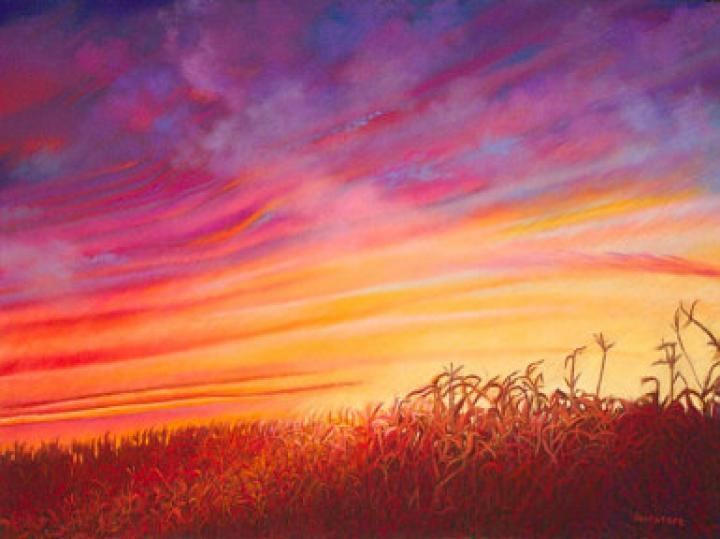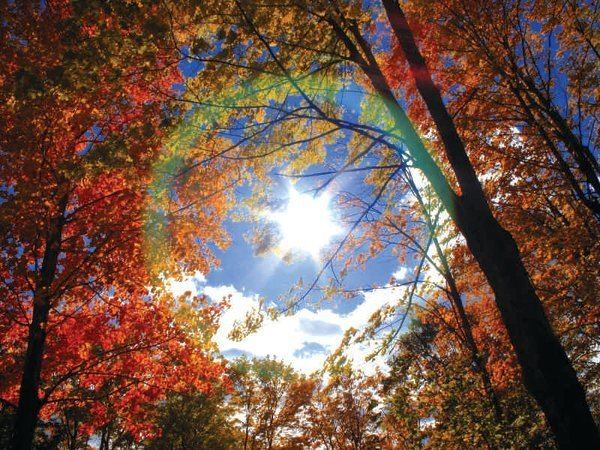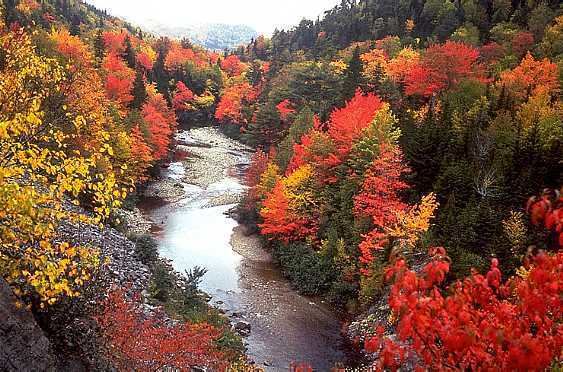 | ||
Jai wolf indian summer
Indian summer is a period of unseasonably warm, dry weather that sometimes occurs in autumn in the Northern Hemisphere. The US National Weather Service defines this as weather conditions that are sunny and clear with above normal temperatures, occurring late-September to mid-November. It is usually described as occurring after a killing frost.
Contents

Jai wolf indian summer
Etymology and usage

Late-19th century Boston lexicographer Albert Matthews made an exhaustive search of early American literature in an attempt to discover who coined the expression. The earliest reference he found dated from 1778, but from the context it was clearly already in widespread use. William R. Deedler (historian for the National Weather Service) in a 1996 essay wrote that Matthews' 1778 reference was a letter by Frenchman St. John de Crevecoeur.

Although the exact origins of the term are uncertain, it was perhaps so-called because it was first noted in regions inhabited by Native Americans ("Indians"), or because the Native Americans first described it to Europeans, or it had been based on the warm and hazy conditions in autumn when Native Americans hunted. Another possible explanation is that Native Americans were derogatorily stereotyped as taking back what they had given after a deal had been made, possibly a result of cultural misunderstanding with Europeans. The adjective Indian refers to the false promise of warmer weather taken back.

In literature and history, the term is sometimes used metaphorically. The title of Van Wyck Brooks' New England: Indian Summer (1940) suggests an era of inconsistency, infertility, and depleted capabilities, a period of seemingly robust strength that is only an imitation of an earlier season of actual strength. William Dean Howells' 1886 novel "Indian Summer" uses the term to mean a time when one may recover some of the happiness of youth. The main character, jilted as a young man, leads a solitary life until he rediscovers romance in early middle age.
In British English, the term is used in the same way as in North America. In the UK, observers knew of the American usage from the mid-19th century onwards, and The Indian Summer of a Forsyte is the metaphorical title of the 1918 second volume of The Forsyte Saga by John Galsworthy. However, early 20th-century climatologists Gordon Manley and Hubert Lamb used it only when referring to the American phenomenon, and the expression did not gain wide currency in Great Britain until the 1950s. In former times such a period was associated with the autumn feast days of St. Martin and Saint Luke.
Similar phenomena
Similar weather conditions, with local variations also exist. A warm period in autumn is called "Altweibersommer" (de: "old women's summer") in Germany, Austria, Switzerland, Lithuania, Hungary, Estonia, Finland, and many Slavic-language countries—for example, in Poland, Russia, Serbia, and Croatia it is known as "women summer" (Russian: бабье лето; IPA: [babje ljeto], Croatian: bablje ljeto). In Bulgaria it is known as "gypsy summer" or "poor man's summer". In Sweden there's "Brittsommar" (out of "Birgitta" and "Britta", having their name days around the time).
In temperate parts of South America—such as southernmost Brazil, Argentina and Uruguay—the phenomenon is known as "Veranico" (literally, "little summer"), and usually occurs in early autumn between late April and mid-May, when it is known as "Veranico de Maio" ("May's little summer"). Its onset and duration are directly associated with the occurrence of El Niño.
In other countries it is associated with autumnal name days or saint days such as Teresa of Ávila (Portugal, Spain and France), St. Martin's Summer (Italy and Portugal), Saint Michael's Day (Serbia), St. Martin's Day (Netherlands), Bridget of Sweden in Sweden, and Saint Michael the Archangel in Wales. In Turkey it is called pastirma yazı, meaning pastrami summer, since the month of November was considered to be the best time to make pastrami.
Music
Movies
In the 1995 movie Die Hard With A Vengeance, Bruce Willis as John McClane references the phenomenon in order to verify that the policemen he is speaking with are actually European imposters with convincing accents.
